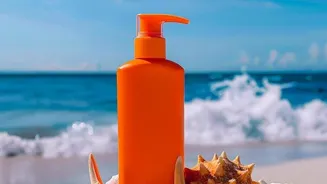Unlock the secrets of SPF! Understand how to safeguard your skin from UV damage effectively. Dive in now!
The scorching Indian sun, while a welcome sight for many reasons, is also a major source of ultraviolet
(UV) radiation. This radiation can cause serious damage to our skin, leading to premature aging, sunburn, and even skin cancer.

That's where sunscreen, specifically the Sun Protection Factor (SPF), comes in. But with so many options on the market, chosing the correct SPF can feel like navigating a crowded market. This article will help you understand SPF and how to select the right one to safeguard your skin.
SPF measures sunscreen's UVB protection time
SPF stands for Sun Protection Factor. It's a measure of how well a sunscreen protects your skin from UVB rays, the type of radiation primarily responsible for sunburn and some types of skin cancer.
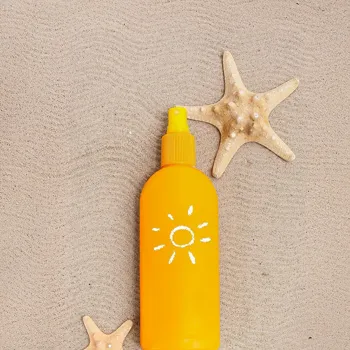
The number associated with SPF, like SPF 30 or SPF 50, indicates how much longer it will take for your skin to redden with sunscreen on compared to without it.
For example, if you would normally start to burn in 10 minutes without sunscreen, an SPF 30 sunscreen should theoretically allow you to stay in the sun for 30 times longer, or 300 minutes, before burning. Note the calculations are theoretical.
SPF measures UVB protection, SPF 30 blocks 97%, SPF 50 blocks 98%, but can't block 100%
However, it's vital to remember that SPF isn't a linear scale. SPF 30 blocks about 97% of UVB rays, while SPF 50 blocks about 98%. The difference might seem small, but it can be significant, especially for people with sensitive skin or those who spend long hours outdoors.
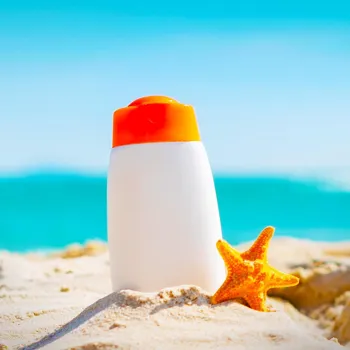
No sunscreen can block 100% of UVB rays. Also, SPF only measures protection against UVB rays. For protection against UVA rays, which contribute to aging and also increase skin cancer risk, look for sunscreens labeled "broad-spectrum." This means the sunscreen protects against both UVA and UVB rays.
Choose correct SPF based on skin type, sun intensity, and exposure duration
Choosing the right SPF largely depends on your skin type, the intensity of the sunlight, and how long you'll be exposed. People with fair skin that burns easily need a higher SPF than those with darker skin.

If you're spending a day at the beach or pool, where the sun's rays are more intense due to reflection off the water or sand, a higher SPF is recommended. For daily wear, especially if you're mostly indoors with brief sun exposure, an SPF 30 might suffice.
Remember to reapply sunscreen every two hours, or more often if you're swimming or sweating. If you are constantly wiping with a towel, or if you are sweating a lot, you need to reapply.
Skin types dictate SPF choice; fair skin needs SPF 30+, medium tans better
Understanding your skin type is the first step in choosing the right SPF. Fair skin, characterised by light or pale complexion, often freckles easily and burns readily under the sun.
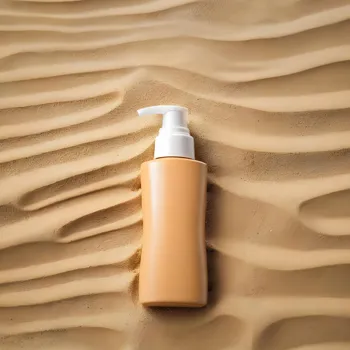
Individuals with fair skin should opt for higher SPF values, generally SPF 30 or higher, to ensure sufficient protection against harmful UVB rays. Medium skin, which tans more easily than fair skin, offers a degree of natural protection.
Medium and dark skin need SPF 15-30 for sun protection
Those with medium skin can still sustain sun damage with prolonged exposure, making SPF values of 15 to 30 suitable for daily use. Dark skin, characterised by higher levels of melanin, is generally more resistant to sunburn. However, this natural protection does not make it immune to sun damage.
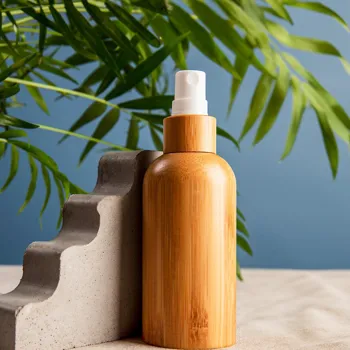
Even with dark skin, it's wise to use a sunscreen with an SPF of 15 or higher, particularly if you're spending extended periods outdoors.
Choose broad-spectrum sunscreen with water resistance for best protection
Beyond SPF, other factors are important to consider when choosing a sunscreen. Look for sunscreens that are "broad-spectrum," meaning they protect against both UVA and UVB rays. Water resistance is also essential, especially if you'll be swimming or sweating.
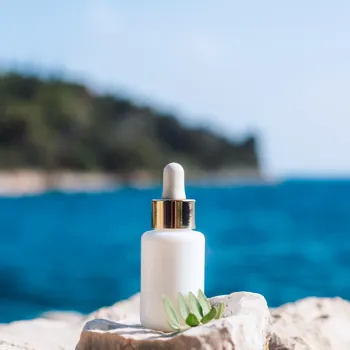
However, remember that no sunscreen is truly waterproof. Water-resistant sunscreens need to be reapplied every 40 to 80 minutes, as indicated on the label. Consider the formulation of the sunscreen as well. Creams are generally better for dry skin, while gels or lotions are better for oily skin.
If you have sensitive skin, look for fragrance-free and hypoallergenic options. Don't forget to check the expiration date of your sunscreen. Sunscreens lose their effectiveness over time.
Applying sunscreen correctly for maximum protection is crucial
Applying sunscreen correctly is crucial to ensure maximum protection. Use about one ounce (shot glass full) of sunscreen to cover your entire body. Don't forget often-missed areas like your ears, the back of your neck, the tops of your feet, and your hairline.
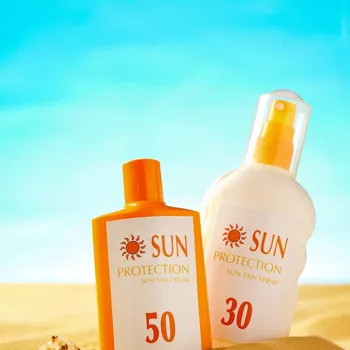
Apply sunscreen 15 to 30 minutes before sun exposure to allow it to bind to your skin. Reapply every two hours, or more often if you're swimming or sweating. Even on cloudy days, up to 80% of the sun's harmful UV rays can penetrate the clouds, so it's important to wear sunscreen year-round.
Make applying sunscreen a daily habit, just like brushing your teeth, to protect your skin from the harmful effects of the sun.
Sunscreen is key, but add clothing, shade, sunglasses, skin checks
Remember, sunscreen is just one part of sun protection. In addition to sunscreen, wear protective clothing like long sleeves, pants, and a wide-brimmed hat. Seek shade during peak sun hours (usually between 10 a.m. and 4 p.m.). Wear sunglasses to protect your eyes from UV rays.
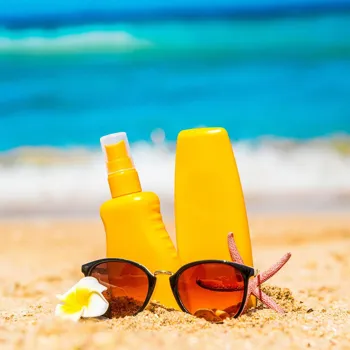
And regularly check your skin for any changes or new moles.
Early detection and sun safety crucial in skin cancer prevention
Early detection of skin cancer can significantly improve treatment outcomes. By understanding SPF and practicing sun-safe behaviors, you can enjoy the outdoors while protecting your skin from the harmful effects of the sun. The sun may be a friend, but it is important to be protected from it.



